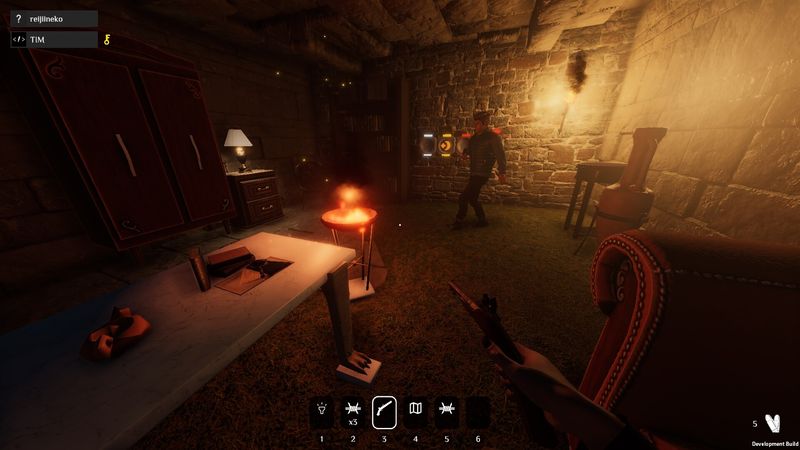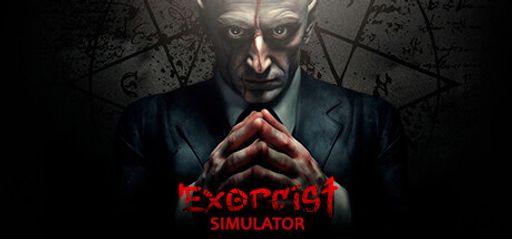I recently spent a few days with Exorcist Simulator. Octo Games studio developed and published this co-op horror game, and it delivers an engaging twist on the genre. Its premise hits you in the face: Will you cast out the Devil—or wear his skin? During my time with the game, I saw its ambition often collide with its execution. In many ways, Exorcist Simulator mixes solid ideas with rough edges.
Overall Impression
Exorcist Simulator aims high. By offering asymmetric roles—playing both exorcist and demon—it injects novelty and depth into multiplayer sessions. A friend joked that you might end up exorcising your own shadow. Despite that promise, most of the excitement stays theoretical. The game charms you with potential, but it still needs significant refinement. I swung between intermittent delight and occasional frustration, echoing the opinions of many players whose views range from praise to pointed criticism.

Gameplay Mechanics
Exorcist Simulator’s gameplay mechanics hit and miss. Its multiplayer features and weapon abilities give the exorcist role real agency. These role switches refresh you after the linear progression of many horror titles. However, the game logic often buckles under that ambition. I hit unresponsive controls and inconsistent enemy behavior that shattered my immersion. One player warned the underlying code needs a lot of work, and I agree: these issues can pull you out of the experience, especially when you need to stay on the edge of your seat.
That said, I enjoyed standout moments that elevated the gameplay. In one session, I alternated between exorcist and demon roles, and the game’s dual nature delivered genuine thrills. These brilliant flashes pepper the experience and hint at untapped potential beneath rough programming and unpolished controls. Unfortunately, the current build leaves these moments tangled up with clunky mechanics. The multiplayer mode promises much but sometimes feels like an afterthought—story mode particularly lacks the cooperative fervor that makes horror so engaging.

Story and Characters
Exorcist Simulator’s narrative and characters show both promise and challenge. The game’s lore hints at a deeper mythology, teasing you with backstories and eerie traditions that beg for exploration. Yet the developers often push storytelling aside in favor of spectacle. I wanted more emotional weight and character depth after each session. The exorcist feels like a blank canvas, hampered by minimal dialogue and a thin narrative arc—especially compared to horror titles where every interaction fuels tension.
The lore occasionally balances dark themes with unexpected comedic undertones. At times, the self-aware narrative delivers real dark humor, and I could almost hear the developers laughing as they balanced cheeky one-liners with genuine dread. This tonal sharpness suits the SkepticalGamer style, but the lack of committed character development makes the story feel unfocused, as if it’s trying to do too much without fully committing to any single direction.
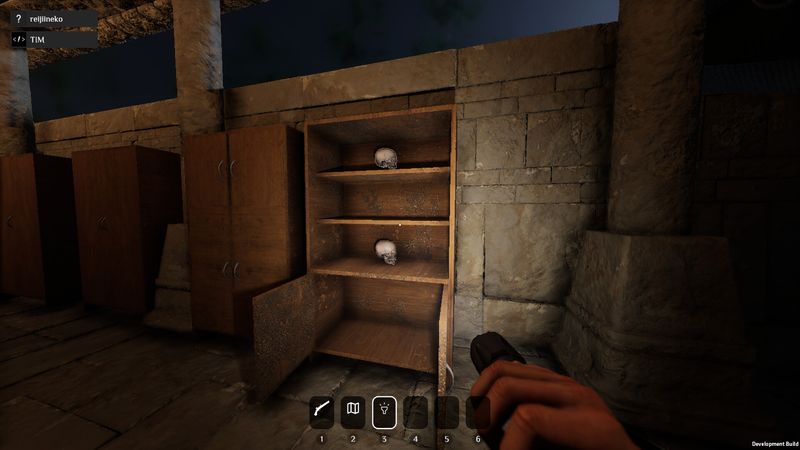
Visuals and Graphics
Visually, Exorcist Simulator wears its style on its sleeve. Its atmospheric graphics boost the haunted tone, and the lighting effects and shadow play excel at building tension. I admired the attempts to capture the essence of haunted mansions and ancient convents. Still, not every visual element hits the mark. Some characters and monsters—especially the demon—look derivative, drawing unflattering comparisons to familiar horror tropes. These design choices evoke spooky memories, but they sometimes fall flat when the game needs fresh ideas to stand out.
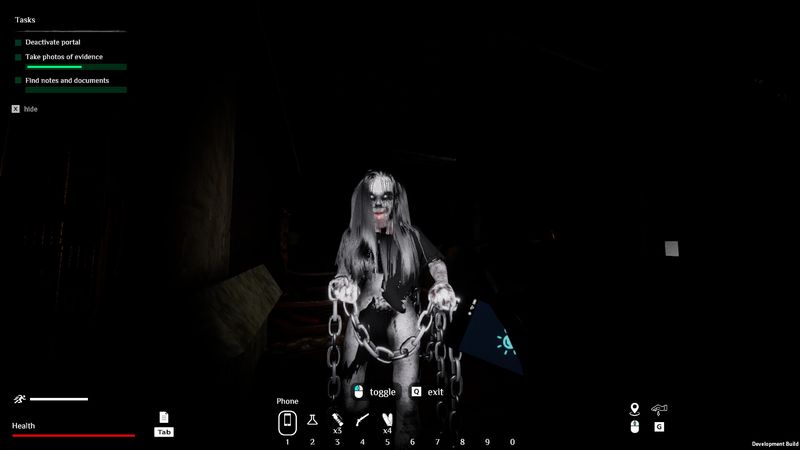
Sound and Music
Sound and music elevate the tension during key gameplay moments. The soundtrack is understated yet persistent—a slow, haunting composition that creeps into your mind after you put the controller down. Sound effects, such as creaking floors and distant, unidentifiable whispers, amplify the chilling atmosphere. I appreciate that the developers opted for subtle ambient pieces rather than bombastic horror scores. Unfortunately, the voice acting sometimes lacks conviction. In certain instances, dialogue delivery comes off as wooden and uninspired. For a game that thrives on suspense, these occasional sonic missteps do detract from the overall immersion.
Difficulty and Replayability
The level of difficulty in Exorcist Simulator strikes a fine balance. It offers a fair challenge without driving you to rage-quit. The horror moments are carefully designed to surprise, and you have to adapt quickly in multiplayer scenarios. I found that the hands-on learning curve adds an extra layer of excitement—albeit tempered by occasional bugs and logic oversights. Replayability is a mixed bag here. The game tempts you back with its dual role options and eerie settings. However, if the issues with code logic are not addressed in future updates, its replay value could be undermined by frustration instead of fun.
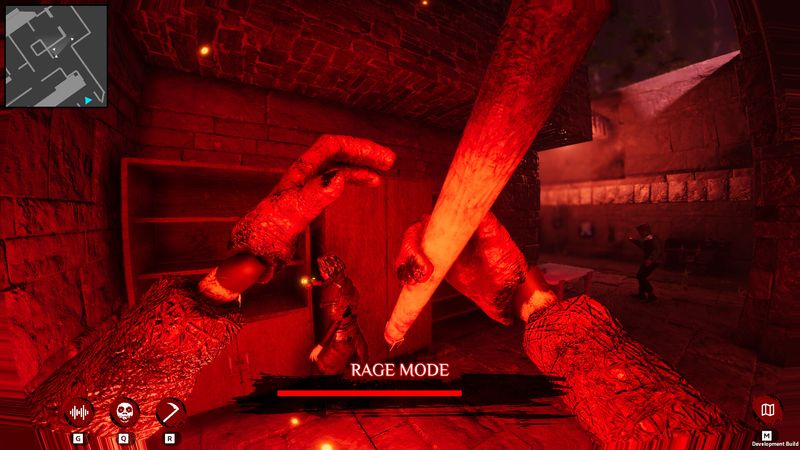
Player Experience
It is worth noting that Octo Games studio appears receptive to community feedback. Several players have praised the underlying ideas while calling for cleaner code and improved multiplayer features. I saw a few behind-the-scenes hints in patch notes that indicate the developers are aware of the current shortcomings. In theory, this bodes well for the future of Exorcist Simulator. Developers have already promised to concentrate efforts on enhancing the multiplayer story mode and refining gameplay mechanics. Knowing the studio’s eagerness to iterate is enough to restore some hope in an otherwise mixed experience.
Exorcist Simulator is a game with genuine ambition. At its best, it successfully mixes horror with an engaging dual-role dynamic. At its worst, it falls prey to technical missteps and unpolished design elements. The game plays as a curious blend of homage and experimentation. It suffers from a few rough spots, notably in narrative execution and multiplayer consistency. Yet, its atmospheric presentation and innovative role-switching hint at something far more exciting should the developers continue refining the experience.

Conclusion
Reflecting on my time with Exorcist Simulator, I appreciate its ambition and the creative risks it takes. The game is a cautionary tale of a promising idea that struggles with practical execution. When compared to genre stalwarts, it feels like a work-in-progress rather than a finished masterpiece. If Octo Games studio can address the technical issues and expand on the narrative depth, this title might evolve into one of the more unique horror experiences in recent years.
With its mixture of innovative design and glaring rough patches, I ultimately award Exorcist Simulator 3 out of 5 stars. The game stands as a testament to bold ambition, but it requires further polish before it can secure its place among the horror classics. I remain cautiously optimistic and will be watching closely for updates that might transform this flawed gem into a fully realized horror experience.
